15 January 2025
Climbing isn’t just a sport; it’s a way of life for many thrill-seekers. But let’s be honest—climbing is not for the faint of heart. The combination of extreme heights, unpredictable weather, and razor-thin ledges definitely isn’t everyone's idea of fun. For those who live for the adrenaline rush of scaling mountains, though, there are some spots around the globe that push the boundaries of human endurance and skill. These places are so dangerous that just reading about them might make your palms sweat.
So, if you're a climber or simply someone who loves extreme sports, buckle up (or tie in, as they say in climbing lingo). Let’s go on a virtual trip to the most dangerous climbing spots in the world.
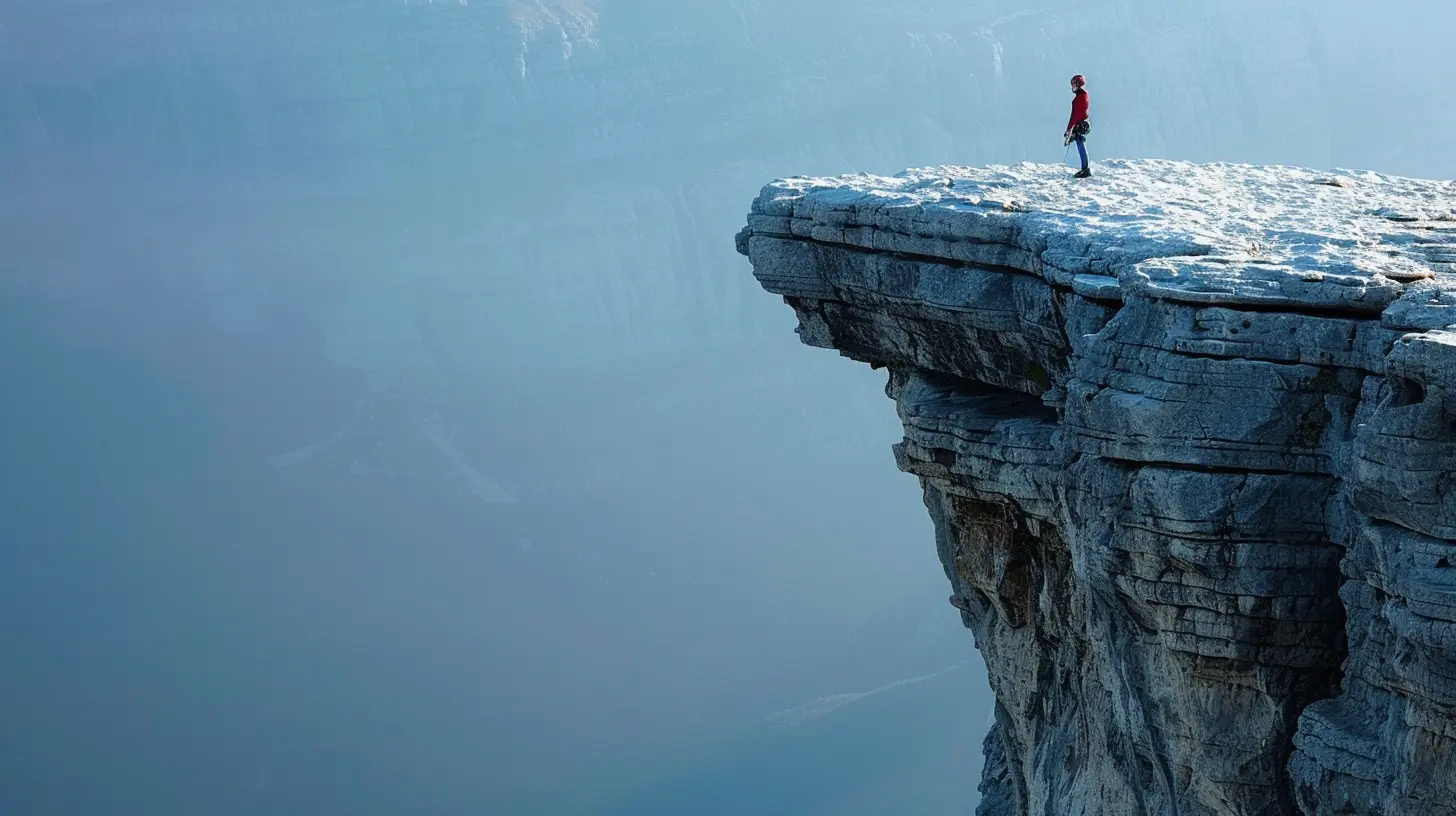
1. Mount Everest (Nepal)
Yeah, we had to start with the big one. Mount Everest is the tallest mountain on Earth, standing at a mind-blowing 29,032 feet. But don't let its fame fool you into thinking it's manageable. Climbing Everest is no walk in the park.Why is it dangerous?
Everest isn’t just dangerous because of its height; it’s dangerous because of the conditions climbers face. High altitude sickness is a huge threat, and the higher you go, the thinner the air gets. This can lead to confusion, dizziness, or worse, hallucinations. And if that wasn’t enough, there’s the "death zone"—the area above 26,000 feet where the oxygen levels are so low that the human body starts to deteriorate. Climbers can only survive up there for a short amount of time. Throw in unpredictable avalanches, freezing temperatures, and the ever-present risk of falling into a crevasse, and you've got yourself one of the most dangerous ascents on the planet.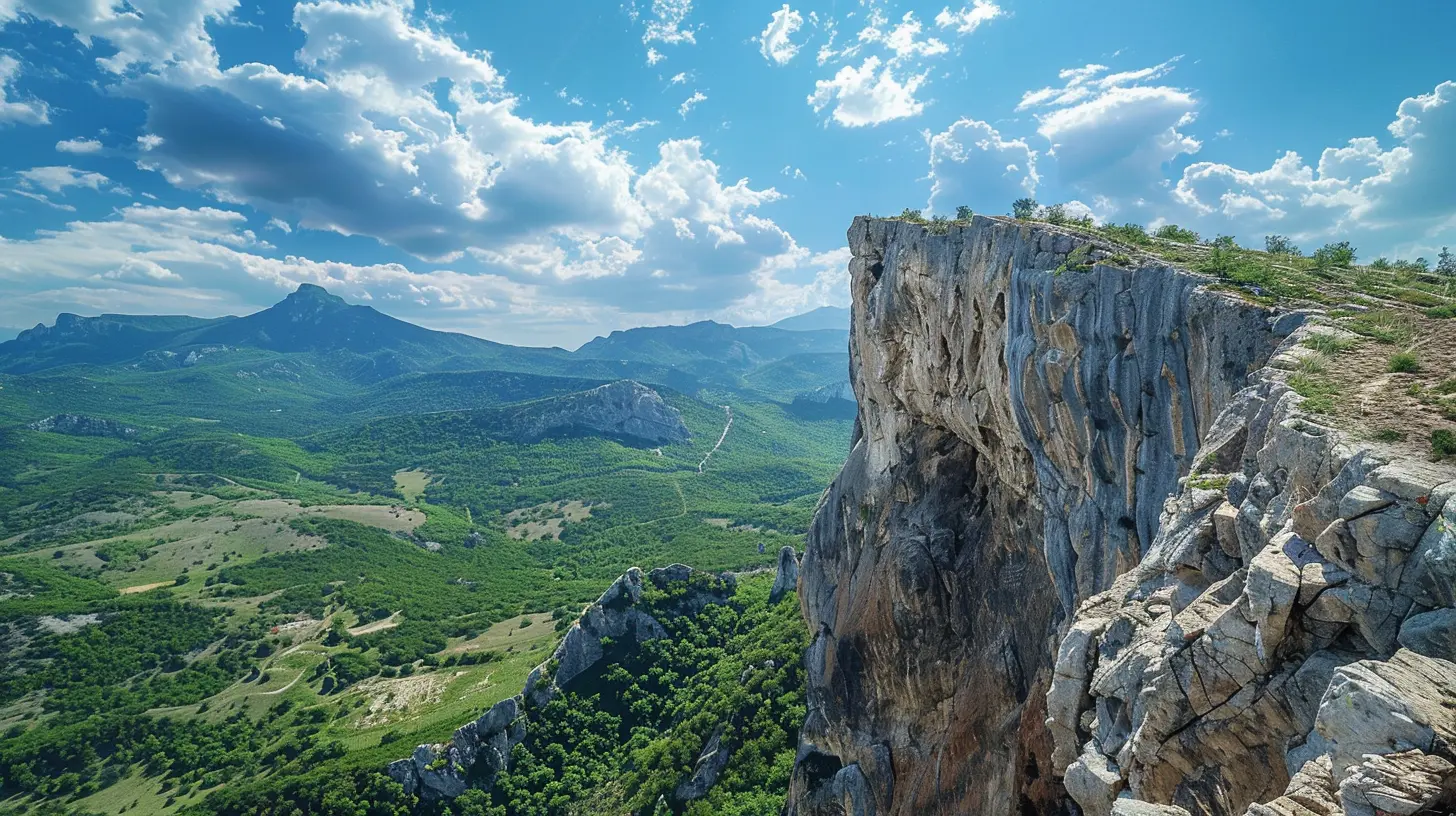
2. K2 (Pakistan/China Border)
While Everest might be the tallest, K2 is widely regarded as the most difficult and dangerous mountain to climb. Standing at 28,251 feet, K2 is the second-highest peak in the world, but it’s in a league of its own when it comes to the level of difficulty.Why is it dangerous?
K2 is notorious for its technical challenges. Its steep faces, constant rockfall, and unpredictable weather make it extremely hazardous. In fact, K2 has earned the nickname "The Savage Mountain" because of how many climbers have lost their lives attempting to conquer it. The death rate on K2 is alarmingly high—about one in four climbers who reach the summit don’t make it back down. The mountain is riddled with deadly obstacles like the infamous "Bottleneck"—a narrow, steep gully at around 26,000 feet that’s prone to avalanches and icefalls. And because K2 is so remote, rescue operations are incredibly difficult, if not impossible.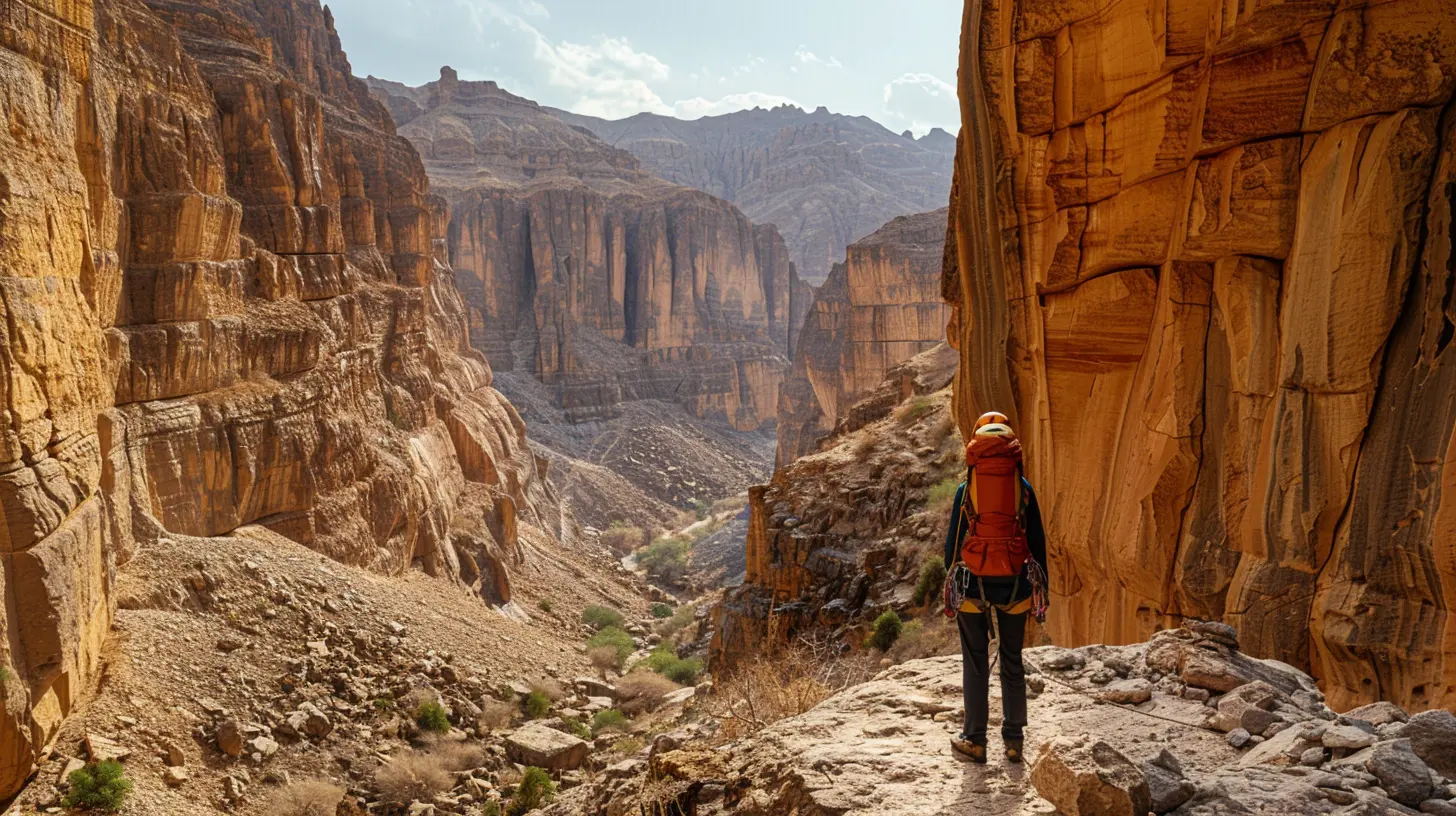
3. Half Dome (Yosemite National Park, USA)
Half Dome, with its sheer granite face rising 4,800 feet above the Yosemite Valley, is an iconic climb. But don’t let its beauty fool you—this is a deadly rock.Why is it dangerous?
For climbers, the final ascent is the most treacherous part. The "Cables Route" is a nearly vertical climb, and though there are cables to help climbers pull themselves up, it’s still incredibly risky. Slippery rock, sudden thunderstorms, and extreme exposure to the elements make this climb a recipe for disaster. One misstep, and you could fall hundreds of feet. Not to mention, a storm can roll in at a moment's notice, making the rock face wet and nearly impossible to grip. Over the years, several climbers have lost their lives here, often from falls or lightning strikes.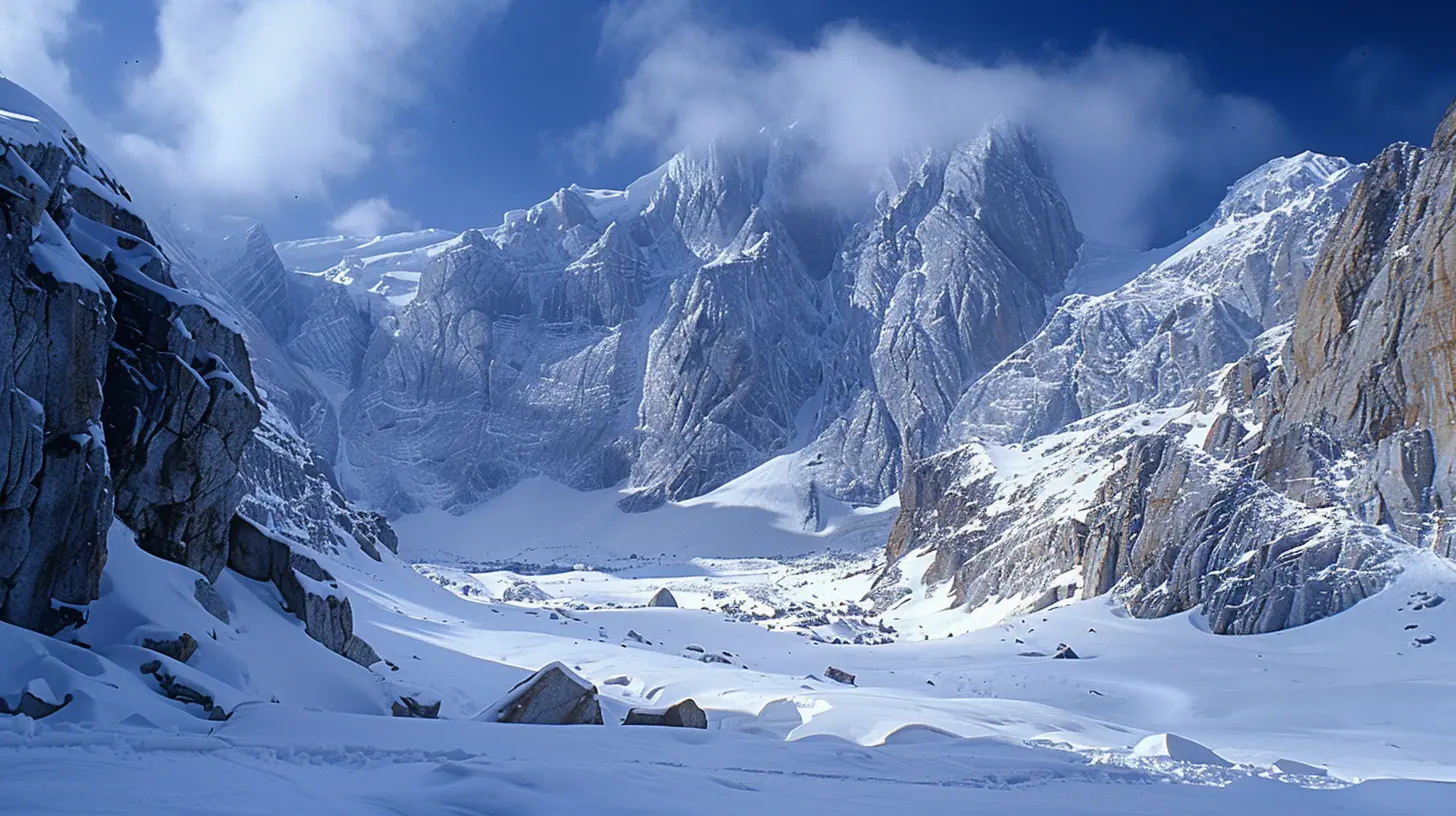
4. El Capitan (Yosemite National Park, USA)
Since we're in Yosemite, we can't forget about El Capitan. Known as one of the most challenging rock faces in the world, this 3,000-foot vertical granite wall is a favorite for elite climbers.Why is it dangerous?
Climbing El Capitan requires a combination of technical skill, physical endurance, and mental toughness. The sheer verticality of the climb means there's little room for error. One slip, and you could fall hundreds of feet. Free soloing (climbing without ropes) on El Capitan, like Alex Honnold famously did, is the ultimate test of human ability—but it’s also incredibly dangerous. Even the most experienced climbers have died while trying to scale this monster. The weather can also be a huge factor. Winds, rain, and even heat can make the granite face much harder to climb.5. Annapurna (Nepal)
Annapurna is another Himalayan giant, standing at 26,545 feet, but it has a fearsome reputation that even seasoned climbers respect. In fact, Annapurna has one of the highest fatality rates of any mountain.Why is it dangerous?
Avalanches are perhaps the biggest danger on Annapurna. The mountain is notorious for its unstable snowpack, which can trigger massive avalanches without warning. Combine that with extreme cold, high altitude, and technical climbing sections, and you’ve got a deadly cocktail. The route is so treacherous that less than 200 people have successfully reached the summit, and nearly a third of those who’ve tried have died. Many climbers who attempt Annapurna never return.6. The Eiger (Switzerland)
The Eiger, standing at 13,015 feet, might not be as tall as some of the other mountains on this list, but its north face is one of the most infamous and dangerous climbs in the world.Why is it dangerous?
The north face, also known as the “Mordwand” or “Murder Wall,” is legendary for its difficulty and danger. The Eiger’s north face is a vertical, 5,900-foot wall of rock and ice that’s frequently lashed by bad weather, including snowstorms and gale-force winds. Rockfalls and avalanches are common, and the climb itself is technically demanding, requiring climbers to navigate narrow ridges, steep ice fields, and loose rock. What makes it even scarier is the fact that once you're on the wall, retreat can be nearly impossible in bad weather. Over the years, many climbers have perished while attempting the north face of the Eiger, making it one of the deadliest climbs in the Alps.7. Matterhorn (Switzerland/Italy)
If you’ve ever looked at a Toblerone chocolate bar, you’ve seen the Matterhorn. This iconic, pyramid-shaped peak stands at 14,692 feet and straddles the border between Switzerland and Italy.Why is it dangerous?
The Matterhorn may look beautiful and inviting, but it’s one of the deadliest mountains in the world. The steep, jagged ridges and frequent rockfalls make it an extremely hazardous climb. Many climbers underestimate the difficulty of the route, and over 500 people have died while attempting to summit the Matterhorn since the first successful ascent in 1865. The weather can change rapidly, and rockfall is a constant danger, especially in the summer months when the snow and ice begin to melt. Even experienced climbers need to be on high alert when tackling the Matterhorn.8. Mount Vinson (Antarctica)
Mount Vinson, the highest peak in Antarctica at 16,050 feet, is not only remote but incredibly challenging due to the extreme conditions.Why is it dangerous?
The danger of Mount Vinson lies in its isolation and the brutal Antarctic climate. Temperatures on the mountain can drop as low as -40°F (-40°C), and the high winds can make it feel even colder. The freezing conditions make frostbite a constant threat, and the remote location means that if something goes wrong, help is a long way off. Climbers must be completely self-sufficient and prepared for the harshest weather on Earth. The combination of extreme cold, altitude, and isolation makes Mount Vinson one of the most dangerous climbing spots in the world.9. Mount Fitz Roy (Argentina/Chile)
Located in Patagonia, Mount Fitz Roy is a striking peak that rises 11,171 feet above the surrounding landscape. It’s one of the most iconic mountains in South America, but it’s also one of the most dangerous.Why is it dangerous?
The technical difficulty of the climb, combined with the unpredictable Patagonian weather, makes Mount Fitz Roy a daunting challenge. The rock is steep and exposed, requiring climbers to have top-notch technical skills. But perhaps the biggest danger is the weather. Patagonia is known for its fierce winds and sudden storms, which can make climbing nearly impossible. Climbers often have to wait days or even weeks for a weather window to make an attempt on the summit. Even when conditions are good, the climb is extremely challenging, and many climbers have been forced to turn back or lost their lives trying.10. Denali (USA)
Denali, formerly known as Mount McKinley, is the highest peak in North America at 20,310 feet. It’s a cold, unforgiving mountain that has claimed many lives over the years.Why is it dangerous?
While Denali isn’t as technically challenging as some of the other mountains on this list, it’s still incredibly dangerous due to its sheer size and the extreme cold. The weather on Denali can be brutal, with temperatures dropping as low as -40°F (-40°C) and winds reaching over 100 mph. The high altitude and steep terrain add to the difficulty, and rescue operations are often hampered by the remote location and harsh conditions. Many climbers have succumbed to frostbite, altitude sickness, or falls while attempting to summit Denali.These mountains and rock faces are not just natural wonders; they’re battlegrounds where climbers test their limits against the raw power of nature. Whether it's the dizzying heights, the harsh weather, or the technical challenges, these climbing spots remind us that while nature is beautiful, it can also be deadly.
If you ever find yourself drawn to one of these dangerous spots, remember: no summit is worth your life. Play it safe, and always respect the mountains.



![The Engine of the Team: How [Player Name] Drives Success](/pictures/blog/small/the-engine-of-the-team-how-player-name-drives-success_3.webp)



![Why [Player Name] is the Most Feared Player in the League](/pictures/blog/small/why-player-name-is-the-most-feared-player-in-the-league_3.webp)


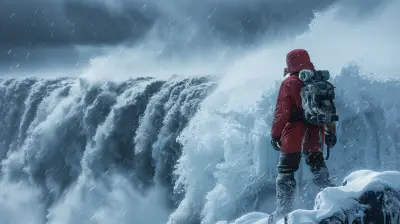

Lauren Reese
Exploring these perilous peaks reveals both nature's beauty and the climbers' unwavering courage.
March 26, 2025 at 9:55 PM